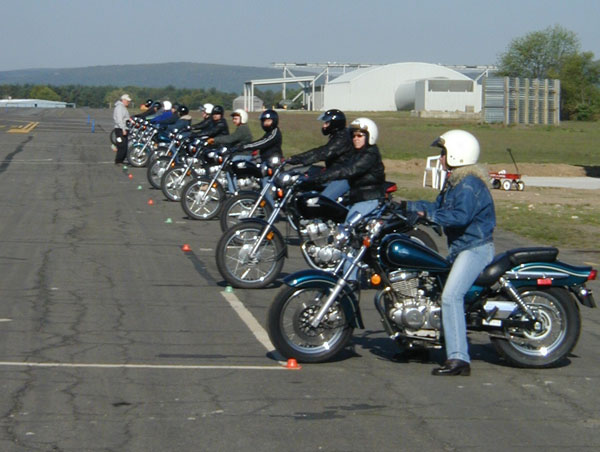By Dr. Donald L. Green, 29 November 2022

This week I have been thinking about the focused structure of how Motorcycle Safety/Rider Education is conducted in the United States. The government has developed and issued guidance as a generic structure for states. The advice is also used to build curriculums, courses, and lesson plans for educating potential riders used by state programs to achieve the goal of safer roads. How curriculum, courses, and lesson plans are implemented by RiderCoaches gives a state program’s meaning, value, and outcomes. In essence an educational program.
1) Curriculum is a standards-based sequence of planned experiences where students practice and achieve proficiency in content and applied learning skills. The curriculum is the ONE central guide for all educators as to what is essential for teaching and learning so that every student can access rigorous academic experiences. Curriculum developers must meet students’ needs by following standards by certifying agencies. Typically, the curriculum considers the much larger system of experiences and sequence of courses to accomplish an outcome or certification within a professional field. This term overlays nicely with the Motorcycle Safety Foundations Rider Education Training System (RETS).

2) To hone in a little further, we narrow our focus to courses like The Basic RiderCourse. In an academic course, students will learn the essential concepts of a subject and explore related material. In an applied course method, familiar, real-life situations will be used to illustrate ideas, and students will be given more opportunities to experience hands-on applications of the concepts studied. The Basic RiderCourse combines the TWO giving a student minimal exposure to what it takes to ride a motorcycle. Other courses expand that learning in a sequence appropriate to gaining higher-level knowledge. a good comparison would be college degree course sequencing: BRC=101; BRC2=200; ARC=300; or something to that effect.

3). A more focused THIRD and lowest level would be the lesson plan level, in this case, how the Basic RiderCourse is implemented using the classroom slides/eCourse and the Range Cards as the structure necessary to achieve the minimal outcome. The well-tested and researched methodology of the Basic RiderCourse creates a sequence for RiderCoaches to follow to achieve the desired results consistently. A good Lesson Plan should be S.M.A.R.T.: Specific, Measurable, Achievable, Results-focused, and Time-bound. For RiderCoaches, following the BRC Lesson Plan structure creates consistent outcomes with students, where deviation could lessen the probability of student success.
Over time, reducing education requirements for both RiderCoaches and Students may have lessened the depth of learning and knowledge necessary to achieve certification goals. Has the decreased ability also created an atmosphere of entertainment instead of education/certification? Has Motorcycle Safety/Rider Education become more infotainment diminishing the value, meaning, and outcomes? I am interested in the answer…
Have a great week!
-Don







